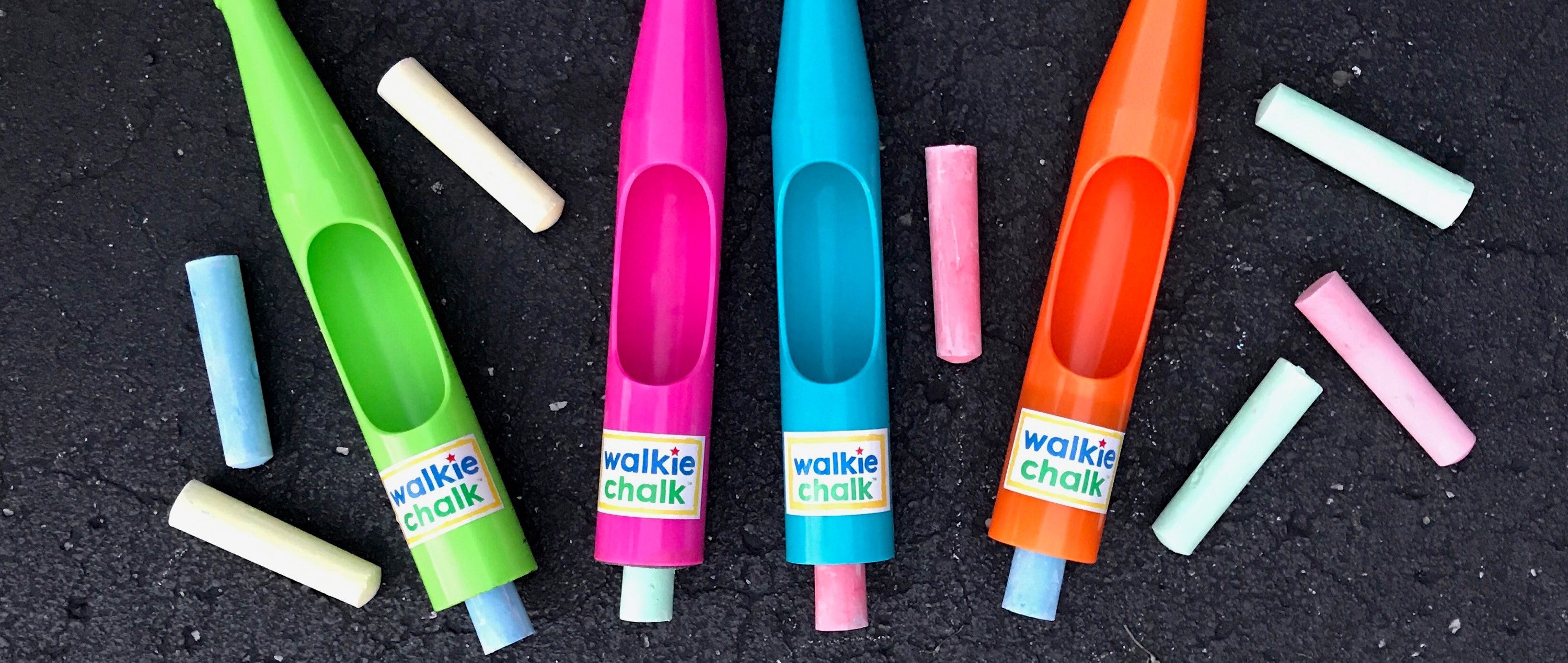Guest Author: Lillian Brooks
If your child has learning disabilities, it’s essential to encourage them to participate in the arts. The arts can improve communication skills, grow self-confidence, and increase fitness levels. Here, the creativity experts at Walkie Chalk present five of the best options for children with learning disabilities.
1. Music
Participating in a music class or learning a musical instrument requires complete focus. As a result, music is ideal for relieving stress, teaching your children to concentrate, and helping them gain a creative outlet.
In addition, a recent survey produced by AARP found music listeners had higher scores for mental well-being, higher levels of happiness, and better cognitive function. In fact, sixty-eight percent of parents that introduced their children to music rated their child’s ability to learn new things as very good or excellent. However, this was only 50% for parents who hadn’t exposed their children to music.
2. Acting
Transferring energy to performing arts can be helpful to an active child, and acting is one of the best options. Your children can gain confidence, a sense of achievement, teamwork skills, and multiple creative skills from acting.
In addition, acting can boost your child’s communication skills. Around 86% of employees state poor communication is the main reason for workplace failures. Therefore, you should promote your child’s communication skills at a young age.
3. Painting and Drawing
Children often enjoy drawing things; when we become adults, we often stop drawing due to our busy adult lives. But drawing can relieve stress and anxiety in adults, so it’s a shame most adults forget about their painting passions.
With that said, painting is excellent for children. It helps them build confidence, develop problem-solving skills, create a shared learning experience, increase brain development, enhance senses, explore color, and convey individual ideas.
You and your child can also get outside to draw using Walkie Chalk. This fun modification to classic chalk drawing makes it easier for adults to play along. Plus, kids with sensory challenges can enjoy drawing without getting chalk on their fingers!
4. Dancing
Young children have so much energy, and dancing is one of the best ways to focus that energy. Dancing can enhance creativity, encourage socialization, increase cognitive development, and boost emotional development.
Dancing is also excellent for helping your child’s physical fitness. It improves their flexibility, overall balance, coordination, muscular strength, heart and lung condition, and spatial awareness.
5. Crafting
You’ll struggle to find a better creative outlet for your children than crafting. It can improve self-confidence, reduce overall stress, decrease anxiety, raise a child’s focus, and grow emotional development.
Crafting is also superb for teaching colors and shapes, encouraging critical thinking, building resilience, and increasing pattern recognition.
Design an Arts Room
By creating an arts room in your home, you and your children can explore the world of art in a comfortable and familiar setting. When designing your arts room, be sure to include plenty of storage for all of your supplies. And be sure to leave plenty of open space for painting, drawing, or whatever other creative pursuits you enjoy.
Not only will an arts room make your home more attractive to potential buyers, but it will also give you and your children a place to relax and express yourself. Keep track of any upgrades by keeping receipts and taking before-and-after photos because this new addition may be a valuable selling feature when you eventually choose to list your house and move.
Start Teaching Children Yourself
Teaching children is incredibly rewarding. You may find a passion for teaching children arts and crafts when you share the benefits with your children. If so, consider teaching your arts and crafts lessons to children of all ages and backgrounds.
You can work as a self-employed teacher, but consider registering your new teaching business as a limited liability company. It’ll offer you more flexibility, less paperwork, and various tax benefits. If you’re not sure how to start an LLC, use a formation service to avoid costly legal fees.
Get Children Involved in the Arts Today
While the arts are great for helping everyone to get in touch with their own creativity, they can be especially fantastic for children with learning difficulties because they give them an outlet in a world that otherwise doesn’t always seem to take their feelings and perspectives into consideration. You may even decide to start your own business teaching art to children!

